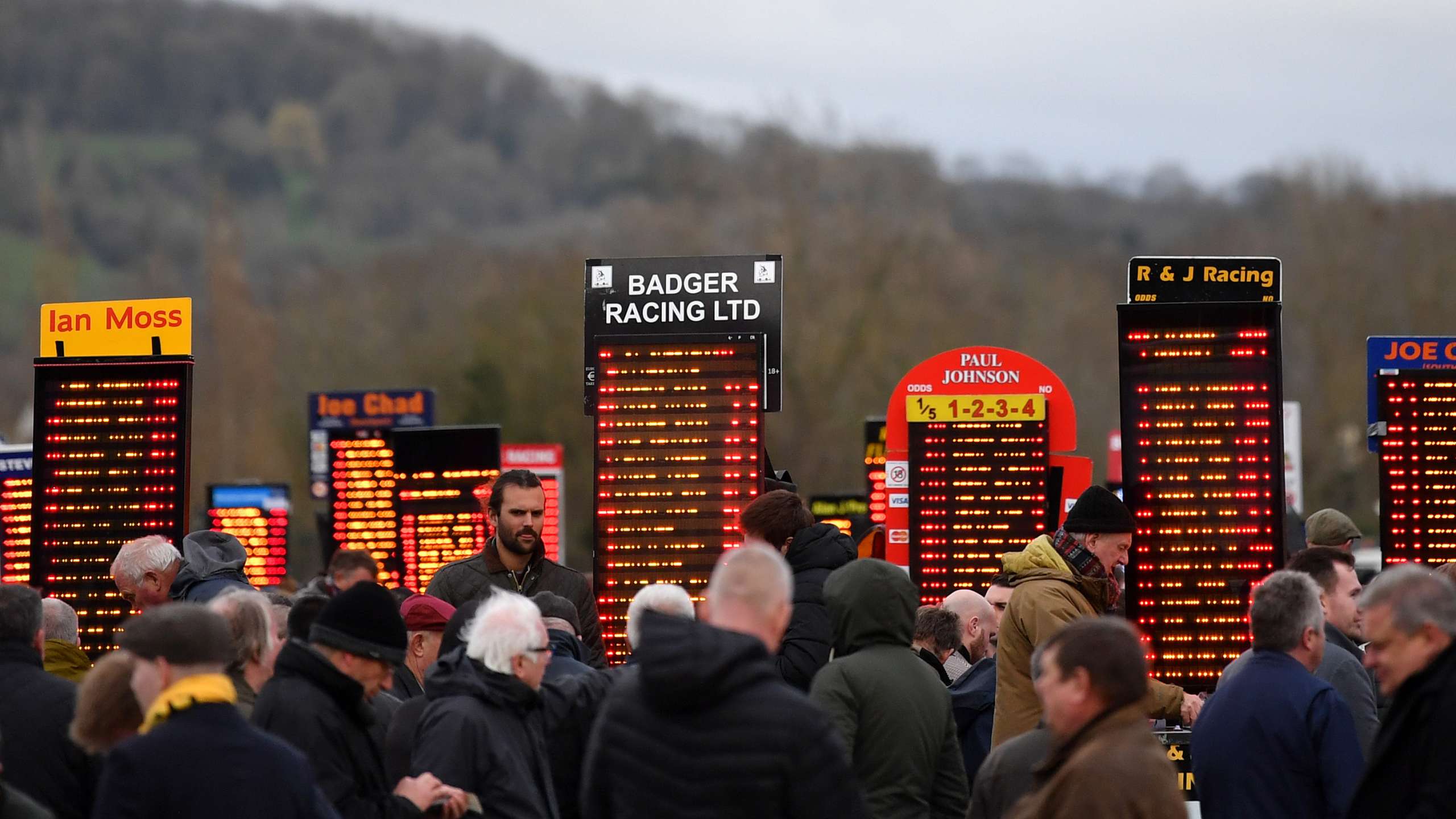Betting has been a popular pastime for centuries, and in today’s digital age, it has become even more accessible to a wider audience. As you delve into the world of sports betting, one term you’ll frequently encounter is “odds.” Understanding odds is crucial for any bettor looking to make informed decisions and maximize their chances of winning. In this article, we’ll unravel the concept of odds, explore the different types, learn how to read them and discuss their significance in betting strategies.
Understanding Odds in Betting
Odds are a mainstay in bettin on any sport you will encounter odds, be it fractional, decimal, or any other variation you will need to know what they are to be able to bat confidently and know what you stand to win or lose.
What are Odds?
Odds represent the probability of an event happening or not happening. They determine the potential payout a bettor can receive based on the outcome of a bet. Odds can be presented in various formats, including fractional, decimal, and money line (American). Each format serves the same purpose but is commonly used in different regions.
Types of Odds
There are a number of odd types in the Uk its usually fractional or decimal but when you travel the world you will discover other countries use other odd types too.
a) Fractional Odds
Fractional odds are commonly used in the United Kingdom and Ireland. They are represented as fractions, such as 2/1 or 5/2, indicating the potential profit relative to the stake. For example, a 2/1 odds means that for every £1 bet, the potential profit is £2, plus the original £1 stake returned.
b) Decimal Odds
Decimal odds are widely used in Europe and Australia. They are represented as decimals, such as 2.50 or 3.00. The figure represents the total potential return, including both the profit and the original stake. For instance, a 2.50 odds mean that a £1 bet can yield a total return of £2.50.
c) Moneyline Odds
Moneyline odds, popular in the United States, are presented as positive or negative numbers. Positive numbers indicate the potential profit on a £100 bet, while negative numbers show how much you need to bet to win £100.
How to Read Odds
Reading odds might seem daunting at first, but it becomes straightforward with practice. Let’s consider some examples:
- Fractional Odds (3/1): For every £1 bet, you can win £3, plus the original £1 stake returned.
- Decimal Odds (4.50): A £1 bet can yield a total return of £4.50.
- Moneyline Odds (+200): A £100 bet can win you £200, plus the original £100 stake returned.
2. Probability and Implied Probability
In betting, odds are closely linked to probability. The implied probability of an event is the likelihood suggested by the odds. Converting odds into implied probabilities helps bettors assess the bookmaker’s assessment of an event’s likelihood and identify potential value bets.
To calculate the implied probability of fractional odds (F), use the formula: Implied Probability (IP) = denominator / (denominator + numerator)
For decimal odds (D), the formula is: IP = 1 / D
3. How Bookmakers Set Odds
Bookmakers are experts in calculating odds that attract bets while ensuring a profit margin. Several factors influence how odds are set:
Factors Influencing Odds
- Team or Player Strengths and Weaknesses
- Historical Performance
- Injuries and Suspensions
- Weather Conditions
- Public Opinion and Betting Trends
Balancing the Book
Bookmakers aim to balance their books to minimize risk. They want to ensure they receive a fair amount of bets on all possible outcomes. If too much money is placed on one side, they may adjust the odds to attract bets to the other side.
4. Odds Conversion and Arbitrage Betting
Converting odds between different formats is essential for bettors who wish to compare odds from various bookmakers. Several online tools and formulas can help with the conversion process.
Arbitrage betting involves placing bets on all possible outcomes of an event to guarantee a profit, regardless of the outcome. This strategy requires careful odds comparison and quick execution.
5. Positive and Negative Expected Value
Expected Value (EV) is a critical concept in betting. It represents the average amount a bettor can expect to win or lose on a bet over the long run. A positive EV indicates a potentially profitable bet, while a negative EV suggests an unfavorable bet in the long term.
6. The Importance of Odds in Betting Strategy
Understanding odds is vital for developing a successful betting strategy. It plays a crucial role in:
Risk Management
By assessing odds and implied probabilities, bettors can manage their risk effectively and avoid placing bets with unfavorable expected value.
Identifying Value Bets
Value bets are opportunities where the bettor believes the odds underestimate the true probability of an event. By identifying value bets, bettors can increase their long-term profitability.
7. Odds Comparison and Finding the Best Odds
Comparing odds from multiple bookmakers is essential to find the best value and increase potential returns. Online platforms and comparison websites simplify this process.
8. Common Betting Mistakes to Avoid
Betting requires discipline and strategy. Avoiding common mistakes such as chasing losses, betting impulsively, and not conducting proper research is vital for long-term success.
Conclusion
In conclusion, understanding the odds is fundamental to becoming a successful bettor. Whether you prefer fractional, decimal, or moneyline odds, they all represent the same concept – the probability of an event occurring. By mastering odds, calculating implied probabilities, and identifying value bets, you can enhance your betting experience and potentially improve your profits.
FAQs
- Q: Is there a universal format for odds across all sports? A: No, different sports and regions often use different formats for odds.
- Q: Can odds change after they are initially set? A: Yes, odds can fluctuate based on betting activity and new information.
- Q: How do I calculate my potential winnings? A: For fractional odds, multiply your stake by the numerator and divide by the denominator. For decimal odds, multiply your stake by the odds value.
- Q: Are higher odds always better for bettors? A: Not necessarily. Higher odds mean higher potential returns but may also indicate a lower probability of winning.
- Q: Is betting on longshot odds a good strategy? A: Betting on longshots can yield substantial profits, but it’s riskier as they are less likely to win.

